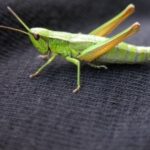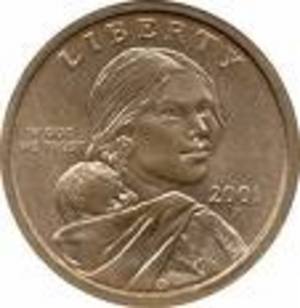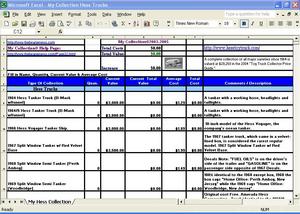Every spring it never fails – the grasshoppers hatch. I’m not talking about cute little green grasshoppers, the kind that you think of being in some children’s book dancing to fiddle music. No, the kind we have down here on the Gulf Coast are big, black, with red and yellow markings, and they don’t die easily even when you jump up and down on them. I’ve tried crushing the adult monsters with a brick and it wasn’t an easy task.
You might ask why I want to destroy these insects. Don’t ask me. Ask my beautiful Angel’s Trumpet that gets chewed to bits by these monsters. Funny how the Angel’s Trumpet is so very poisonous to humans (it is from the nightshade family) but those grasshoppers think it is caviar. They are also very fond of tomatoes. Well, I’m also fond of tomatoes, and if I’m going to grow tomatoes, I’m going to grow them for me and not for the grasshoppers. I guess I’m just selfish that way.
My husband and I have learned how to minimize the damage caused by the grasshoppers, and we find this same treatment works for all pests. First, you must do a complete cleanup of your yard. Those grasshopper eggs are in your yard somewhere, and you’ve got a much better chance of getting rid of the little beasts before they even hatch if you clean up the yard. Granted, the eggs are probably below ground, but if the eggs hatch and there isn’t any cover for the children, the family will promptly move away to greener pastures. Baby grasshoppers don’t want to be out in the open, so get all those old leaves up off the ground. Mulch is fine so long as it isn’t pine straw. Thick mulch, like pine bark or cedar chips, is too heavy for the baby grasshoppers to bury their way through comfortably, but if you’re going to use pine straw you might as well not bother cleaning because the grasshoppers are going to be able to bury themselves in straw without any problem.
After you’ve cleaned up the yard, start alternating spraying your yard with neem or dish soap. Spray the neem through a pump sprayer, but put the dish soap through a dispenser that attaches to your garden hose. Neither is toxic, so you won’t have the environmental problems present with most insecticides. And while neither dish soap nor neem is effective in actually killing the grasshoppers, what it will do is make them uncomfortable enough to go away. Don’t spray the neem when you intend to be using your garden as the smell isn’t exactly pleasant.
Continue spraying either neem or dish soap at least once a week throughout the spring months. Once summer hits you can usually discontinue this unless you see a problem.
This two part treatment; that is, clean up and then weekly spray, is effective against aphids, black spot on roses, powdery mildew, and several other gardening pests and problems.
However, if you see a grasshopper despite this treatment, or if you’re fortunate enough to be around when the little beasts hatch, don’t be afraid to grab a brick! Remember, the treatment I’ve suggested mostly just drives them to a neighbor’s yard but a brick, properly handled, will end that problem grasshopper forever. Jumping up and down on the little monsters can be very effective when they are still small. Once they’ve matured, prayer might be your only hope.






